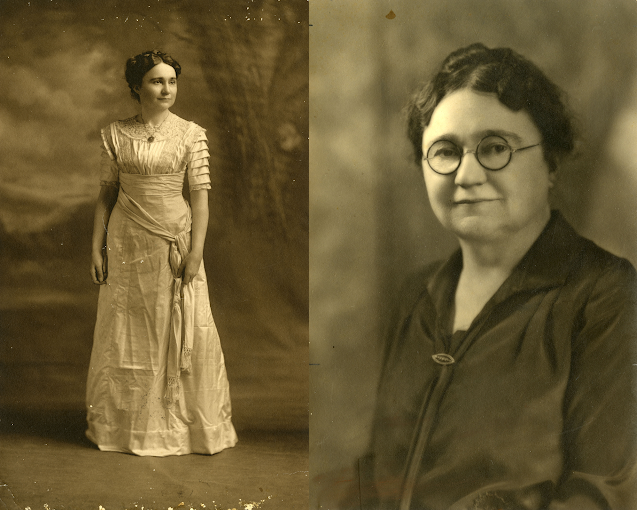Anyone who has quoted “I can see Russia from my house,” Tina Fey’s iconic Sarah Palin impression, can tell you that Saturday Night Live reflects the politics and culture of the world around it. Or at least it should.
Today, SNL has the most racially diverse cast in 40 years, with comedians Kenan Thompson, Jay Pharoah, Sasheer Zamata, Leslie Jones and Michael Che playing prominent roles in the show. All identify as African-American.
Despite this seemingly progressive leap, the cast is not yet, and has never been, a fully diverse and representative body, especially in terms of racial diversity.
“The trend I’ve seen most recently really feels that the producers are trying to add more diversity but at the expense of comedic value,” said CCE senior Bonga Nxumalo. “I feel like current cast members were brought on for the sake of diversity, leaving comedic talent a secondary.”
A look at the history and culture surrounding SNL, which recently celebrated its 40th anniversary, paints a telling picture about the issue of representation in the media both past and present.
Created in 1975 by Lorne Michaels, SNL has struggled with racial diversity since its conception. People of color have generally received token representation at best, beginning with Garrett Morris in the original cast, who left in 1980 after reportedly feeling typecast in many of his roles.
In its 2013-14 season, many critics lambasted SNL when it added six new cast members, all of them white. Michaels claimed that these racial problems were not, and have never, been intentional.
“It’s not like it’s not a priority for us,” said Michaels in a 2013 interview with the Associated Press about the lack of women of color in the cast. “It will happen. I’m sure it will happen.”
Associate Professor of Psychology Richie Zweigenhaft says that this approach is often the dominant solution in the media, but that does not make it correct.
“Just like there are groups monitoring news shows to keep track of diversity, a show like SNL needs the people in charge to be reminded of that,” said Zweigenhaft. “People are just looking for the best candidate (to add to the cast or crew), but they may need to take a step back and look at the institutional problems that they’re adding to.”
Though criticism tends to focus on the show’s representation of African-Americans, for other races the numbers are even lower. In its entire 40-year run, there has never been a cast member who identifies as Asian-American, according to a Huffington Post article published last year.
The show has also done a particular disservice to minority women. There have been fewer than 10 women of color out of 141 total cast members in the show’s history.
Junior Zana Hicks said that she thinks the history and overall environment at SNL is a turn-off for people of color as viewers, potential cast members and especially as women.
“A lot of times the jokes are what I can only think to call ‘white humor:’ a joke that is based on knowledge that the dominant culture is most familiar with,” said Hicks. “I honestly don’t think SNL has shown that there is ample room for women of color, so they just don’t try to be on the show.”
Another issue SNL faces is diversity in its crew, particularly writers and producers who influence the tone of the show. Of the 28 staff writers, only seven are women and three are African‑American. This can lead to content that feels exclusive, particularly when it ignores the subject of race completely.
“A woman writing self-deprecating jokes about her experiences is funny, yet it’s not funny if a man writes deprecating jokes about women, and the same thing goes with all other demographics,” said Nxumalo. “I think the writers of the show know how offensive that can be, so they choose not to touch it.”
While the current record-setting cast sends a promising message about the future of SNL, Zweigenhaft says this may or may not mean permanent progress.
“I do see (the current cast) as a sign of improvement for right now, but as we’ve learned these things go forward and backward,” said Zweigenhaft. “It would be a mistake to assume that progress is a linear process.”






